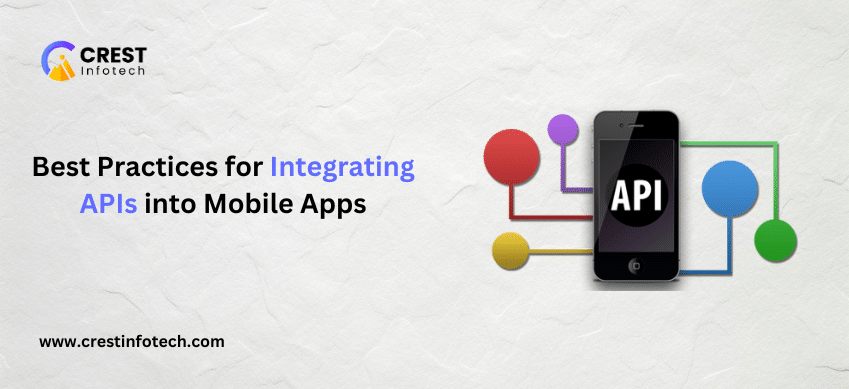APIs (Application Programming Interfaces) play a crucial role in mobile app development by enabling seamless communication between different services and platforms. Proper API integration ensures reliability, security, and efficiency in mobile applications. Here are the best practices for integrating APIs into mobile apps.
1. Choose the Right API
- Select APIs that align with your app’s functionality and performance requirements.
- Ensure the API is well-documented, reliable, and maintained by the provider.
2. Use RESTful or GraphQL APIs
- RESTful APIs provide a standard approach to communication, making them widely compatible.
- GraphQL offers flexibility by allowing clients to request only the data they need, reducing bandwidth usage.
3. Ensure Secure API Communication
- Use HTTPS (SSL/TLS) to encrypt data transmission.
- Implement authentication mechanisms such as OAuth 2.0, API keys, or JWT (JSON Web Tokens).
- Restrict API access using role-based permissions.
4. Optimize API Calls for Performance
- Minimize the number of API calls by caching frequently requested data.
- Use pagination, filtering, and compression to reduce response payload size.
- Implement asynchronous requests to enhance user experience.
5. Handle API Errors Gracefully
- Implement proper error handling and display user-friendly messages.
- Use standardized HTTP status codes (e.g., 200 for success, 400 for bad request, 500 for server error).
- Implement retry mechanisms for failed requests due to network issues.
6. Manage API Rate Limits and Throttling
- Understand provider rate limits and optimize requests accordingly.
- Implement exponential backoff strategies to handle API rate limitations.
- Use API gateways like AWS API Gateway or Apigee for better traffic management.
7. Ensure Backward Compatibility
- Plan for API versioning to prevent breaking changes in future updates.
- Maintain support for older API versions while encouraging migration to newer ones.
8. Test API Integrations Thoroughly
- Use API testing tools like Postman, Swagger, or Insomnia to validate endpoints.
- Implement unit and integration tests to ensure smooth functionality.
- Simulate different network conditions to test API reliability.
9. Monitor API Performance and Usage
- Track API response times, error rates, and uptime using monitoring tools like New Relic or Datadog.
- Set up logging and alerts to identify issues in real time.
10. Maintain Proper Documentation
- Keep API integration guidelines and use cases well-documented for developers.
- Provide examples of request and response formats for easy implementation.
Conclusion
Proper API integration enhances the functionality, performance, and security of mobile apps. By following these best practices, developers can ensure seamless interactions between their applications and third-party services, ultimately delivering a smooth and efficient user experience.



